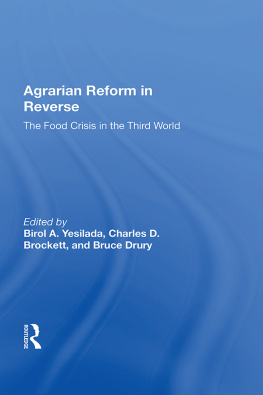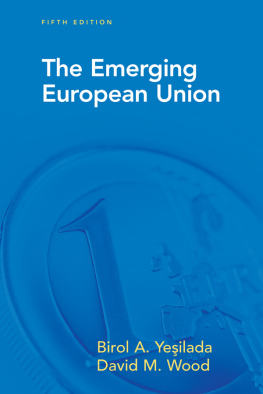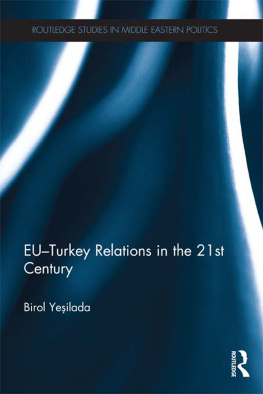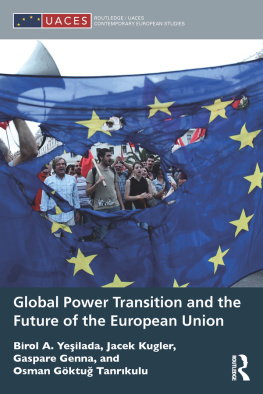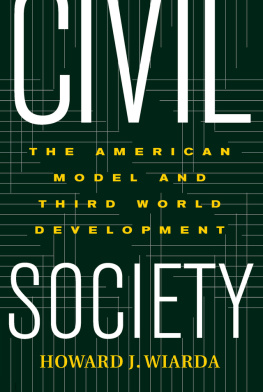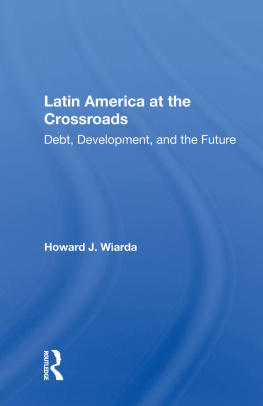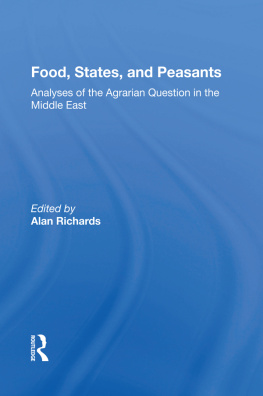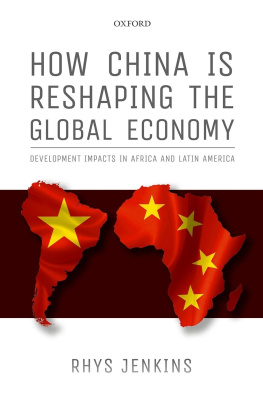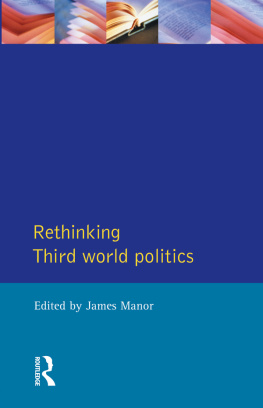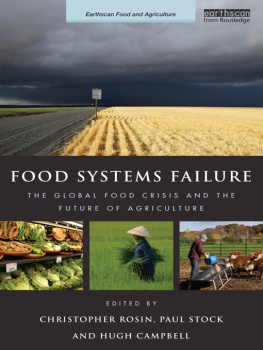First published 1987 by Westview Press
Published 2018 by Routledge
52 Vanderbilt Avenue, New York, NY 10017
2 Park Square, Milton Park, Abingdon, Oxon OX14 4RN
Routledge is an imprint of the Taylor & Francis Group, an informa business
Copyright 1987 by Taylor & Francis
All rights reserved. No part of this book may be reprinted or reproduced or utilised in any form or by any electronic, mechanical, or other means, now known or hereafter invented, including photocopying and recording, or in any information storage or retrieval system, without permission in writing from the publishers.
Notice:
Product or corporate names may be trademarks or registered trademarks, and are used only for identification and explanation without intent to infringe.
Library of Congress Catalog Card Number: 87-29549
ISBN: 0-8133-7425-1
ISBN 13: 978-0-367-01374-5 (hbk)
1
Introduction
Agrarian reform programs in the 1960s and then the Green Revolution were to have accelerated the modernization process so that hunger would be substantially eliminated throughout the world. Instead, the number of the malnourished in the Third World continues to grow. The cause of this tragedy is much more than the inexorable increase in population growth. At least equally important are patterns of land and food distribution and the underlying determinants of these patterns, namely, the interrelated factors of political power and economic structures.
Agrarian reform programs were much easier to formulate than to implement. In few countries did the configuration of political power allow meaningful redistribution of large inefficient holdings; rather, the usual result was their transformation to modern commercial operations along with the distribution through colonization of unused and less desirable lands. It was these commercial farmers, not the far more numerous subsistence peasants, who were most able to take advantage of the technological package of the Green Revolution. And, many of the peasants who were able to take advantage of the new techniques had to revert to traditional practices when the oil price shocks of 1973 and 1979 escalated the prices of fertilizers and fuels.
As commercial agriculture has spread throughout the Third World, it also has become increasingly integrated into international capitalist economy. A primary stimulus for many commercial growers has been the profit to be made producing for foreign markets. Their production has been facilitated by public policies of governments eager to expand their foreign exchange earnings. This motivation has been reinforced greatly by the debt crisis of the 1980s. The abundant supply of capital created by the petroleum profits of the 1970s needed to be recycled by the international banking community. It found ready customers in Third World governments that wanted loans to cover costs of petroleum imports and development projects rather than cut back on their ambitious plans. These escalating foreign debts collided with the harsh world recession of the early 1980s, creating economic crisis throughout the Third World. Just to service their debts, much less repay them, now countries must further direct their economies toward available export markets, which for the Third World often means agricultural commodities.
If agrarian reform means progressive changes intended to create a more egalitarian rural society, then these recent dynamics have produced agrarian reform in reverse. Smallholders have been squeezed out of land markets and sometimes coerced off of their land. When combined with population growth, a rapidly increasing rural proletariat has been created, often unemployed or underemployed. Numerous others migrate to urban areas, often just transferring the problem. Land that previously had been planted in food staples now produces cotton, pineapples, sugar cane, soybeans, groundnuts, etc., or grazes cattle for export, usually to more developed countries. As domestic food production stagnates, it has fallen behind population growth rates in many countries.
Estimates of world hunger vary depending upon the method used but all agree that the number is huge. The Food and Agriculture Organization (FAO) claims that 436 million people suffer from undernourishment (FAO, 1985: 5) while the World Bank (1986: 3) put the number at 730 million, as shown in . The proportion of people with deficient diets in 1980 was virtually unchanged from 1970 and, therefore, the absolute number has increased. The World Bank (1986: 18) has estimated that the ten percent diet deficient category increased by ten percent and the twenty percent diet deficient category increased by fourteen percent. It has been claimed that in the 1980s, starvation and hunger-related diseases still cause 35,000 deaths per day and 1318 million deaths per year (Hunger Project, 1985: 7).
The causes of this continuing tragedy have many dimensions. This volume concentrates on the political-economic. The contributors are organized into two sets. includes case studies from each of the four regions of the Third World: Africa (Kenya), Asia (Philippines), Latin America (Brazil, Ecuador, Honduras, and Peru), and the Middle East (Turkey). There are certainly situations and
Energy Deficient Diets in Developing Countries, 1980 (millions of individuals)
| Country Group(n) | 10% deficiency | 20% deficiency |
| pulation | % Of pop. | population | % Of pop. |
|
| All LDCs (87) | 730 | 34 | 340 | 16 |
| Low-income (30) | 590 | 51 | 270 | 23 |
| Middle-income (57) | 140 | 14 | 70 | 7 |
| Sub-Sahara Africa (37) | 150 | 44 | 90 | 25 |
| E. Asia and Pacific (8) | 40 | 14 | 20 | 7 |
| South Asia (7) | 470 | 50 | 200 | 21 |
| Middle East and North Africa (11) | 20 | 10 | 10 | 4 |
| Latin America and Caribbean (24) | 50 | 13 | 20 | 6 |
a 10 percent deficiency means that the person is receiving 90 percent or less of the FAO/WHO requirement and does not have enough colonies for an active working life.
b 20 percent deficiency means the person is receiving 80 percent or less of the FAO/WHO requirement and does not get enough calories to prevent stunted growth and serious health risks.
Source: World Bank (1986:17).
. In this section the contributors examine various international factors that influence agricultural development in the Third World. These factors are: dependency in international trade and monetary relations, the IMF conditionality in Latin America, the Cereals Imports Facility of the IMF, the Rome Food Agencies, and the U.S. foreign agricultural policy toward the Third World.

